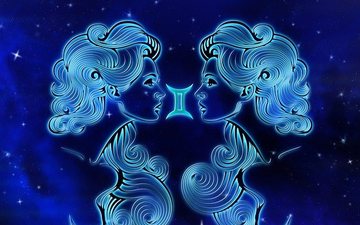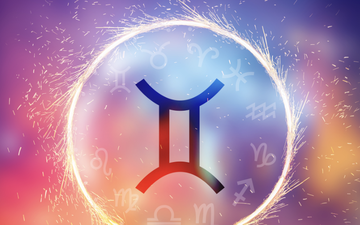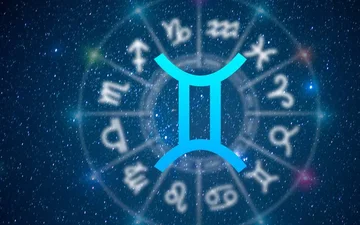
The medical mystery of what causes some identical twins to be born may have been solved by scientists in the Netherlands, raising hopes of treating congenital disorders.
Identical twins are formed after a fertilized egg, called a zygote, splits into two embryos that share exactly the same genes. The reason for the split is not known.
The prevailing theory has been that the biological process leading to "monozygotic twinning" is random. But international researchers led by Vrije University Amsterdam believe they have found a common "signature" in the DNA of identical twins.
The research, published in the journal Nature Communications , looked at epigenetic modifications in twin DNA, factors that can change genes "on" or "off" without altering their basic sequence. Identical twins from around the world were found to share similar markers at 834 dots in their genome.
Common signs, scientists say, could allow researchers to determine, with up to 80% accuracy, whether an individual is an identical twin, including those unaware that they had lost their twin in the womb, known as missing twin syndrome, or if separated at birth.
It has not yet been proven that chemical marks in DNA are the cause of the creation of identical twins, as it is possible that it is a consequence of the twinning process. But it is said to be a plausible theory, and the discovery of common signs can be beneficial to a wide range of people.
Nancy Segal, a developmental psychologist at California State University, told Science News that it was "a very, very important finding," as identical twins are predisposed to a variety of conditions.
The research will help with studies on people with specific disorders, because they may belong to the group of people who have been identical twins and have lost a sibling in the womb or separated at birth.





